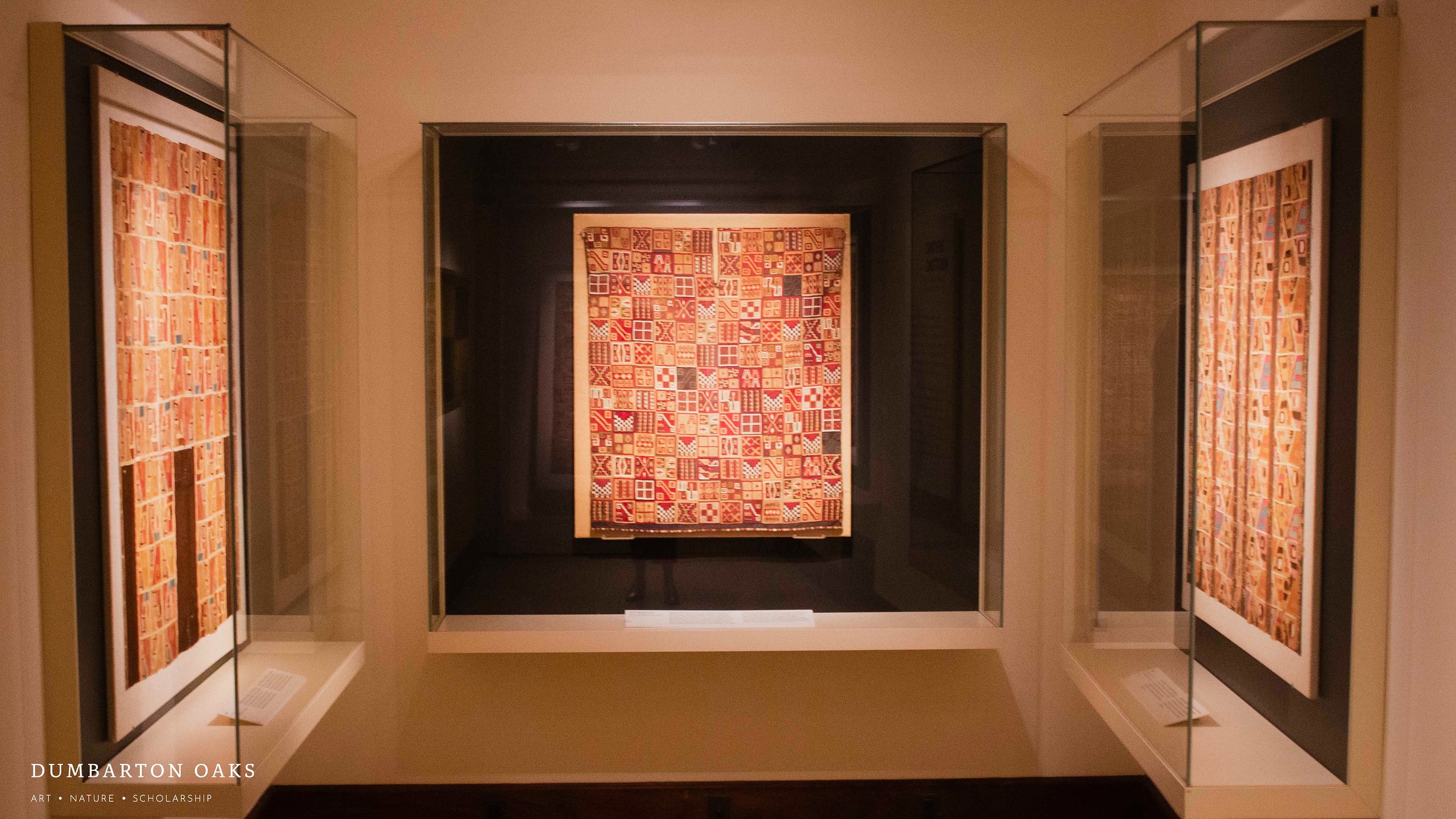
INDIGENOUS ART OF PERU:
CHAVIN & INCAN
CIVILIZATIONS
CLASSWORK
OCTOBER 3
1)In your COMPOSITION Book
- Draw a Sketch of the Work &
- Create a (6) Visual & (6) Contextual Characteristics
V/ C Chart Analysis for Each of the Following Works
CHAVIN DE HAUNTER (PERU)
- NOSE ORNAMENT
- LANZON STELA
Use the Internet & the Following Resources:
http://web.stanford.edu/~johnrick/chavin_wrap/chavin/
https://smarthistory.org/chavin-de-huantar/
2) In your Composition Book, Draw & Identify the Elements on the Map
in Handout on Schoology
3) Complete the Temple Comparison Analysis in Handout on Schoology
October 6
- 1) Listen to the Video Lecture Below@ 17:34 &
Create a (6) Visual & (6) Contextual T Chart
For Each of the Works Below
Maize Cobs
City of Cusco
Qorikancha
Machu Picchu
Observatory
Intihuatana Stone
All – T’oqapu Tunic
2) Write a detailed written response that compares and contrast the similarities & differences of the Hawaiian Ahu ‘Ula & the Incan All-T’oqapu Tunic
RESOURCES

The Chavin civilization flourished between 900 and 200 BC. The site of Chavin de Huantar is dramatic – up on a mountain top. The most important Chavin religious site was here, Chavin de Huantar in the Mosna Valley, which was in use for over five centuries and became a pilgrimage site famed throughout the region. The site is significantly placed at the meeting point of two rivers.
The “Old Temple” dates from c. 750 BCE and is actually a complex of buildings which together form a U-shape and surround an open plaza. Stepped platforms rise up to support buildings that seem to have had a ceremonial function as this was a religious capital. The flat-topped temple structure was originally 200 feet tall and had a hidden entrance that led to stone corridors within. The “New Temple”, constructed between 500 and 200 BC, is also based on a gallery and plaza design and contained many relief sculptures.


